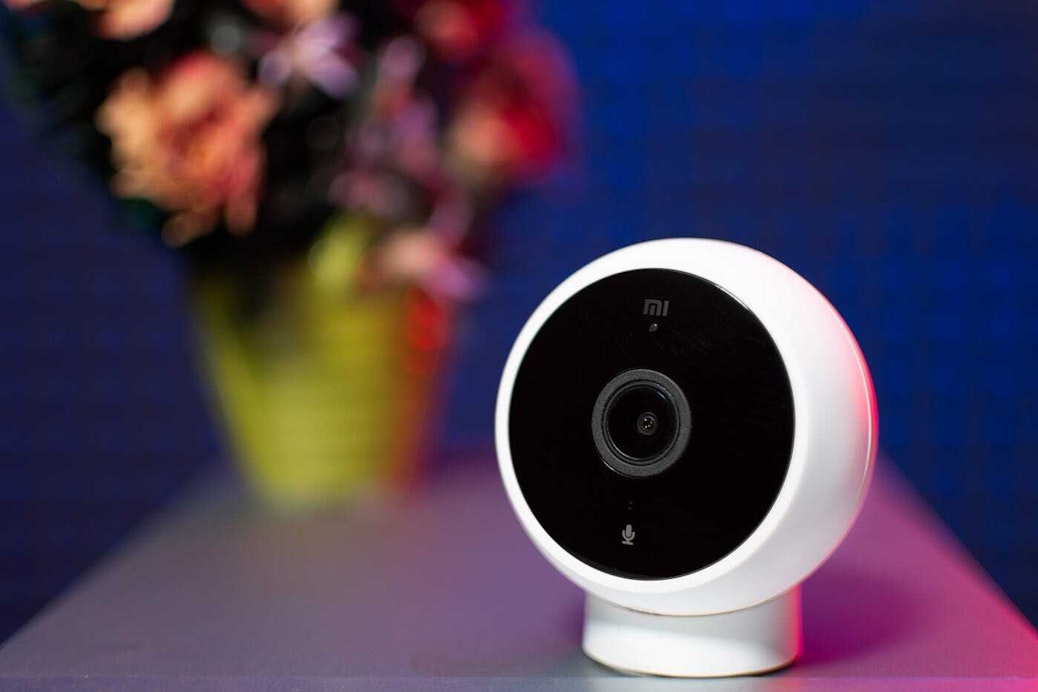
There are many obstacles to overcome when introducing a connected product to the consumer electronics market, but by far the largest obstacle — responsible for more failures than all others combined — is onboarding.
Onboarding a connected consumer electronics product is the process by which a user pairs and sets up the digital interface (mobile / web / voice) of the newly acquired physical device. While this is a fairly short process that needs to be performed only once, if botched it will prevent the use of the device as a connected product, often times leaving it crippled if not completely useless.
The reasons for the high percentage of failed onboarding processes are varied but they all emanate from the fact that creating digital interfaces is completely uncharted territory for most consumer electronics companies. More often than not, the company does not have the domain expertise or relevant manpower, so design and development of these interfaces, including the mobile apps, are outsourced to third parties. To make things worse, cost considerations push many companies to offshore alternatives, adding time and cultural difference barriers to the mix.
Failed onboarding is also one of the leading reasons for product returns and bad ratings. Not being able to even start using a new product is frustrating and tends to push people to action. All consumer electronics providers are familiar with the fact that people are more likely to give a bad rating if not happy than a good one if they had a great experience. Onboarding is where this dynamic starts with a vengeance.
Here are the top areas consumer electronics companies make the most mistakes when it comes to the hot issue of onboarding:
Wifi only onboarding — For devices that connect to WiFi, adding Bluetooth is often deemed redundant. However, onboarding a smart product that requires WiFi connectivity is infinitely simpler if the first contact is made through Bluetooth because Bluetooth can seamlessly provide the credentials for friction-free WiFi connection. Given the high failure rate of onboarding due to connectivity issues, enabling Bluetooth and incurring all associated costs (BOM, firmware, software) is a worthwhile investment. Even if Bluetooth does not support any functionality other than helping users establish their WiFi connection seamlessly, it is worth every penny.
User Interface (UI) — The issue of designing good friction-free UI is like the issue of furniture in the lobby. Everyone has an opinion on how it should look; in contrast, professionals know how it should actually function. Software user interface design is work for professionals. And no, these should not be the same software developers who, on the way to writing their code, also define the interface. Professional UI design will prevent bad interfaces that can render useless the otherwise stellar engineering you have have under the hood.
Tuning the software — All work done on first release is at best professional wishful thinking, and it’s only when the product is in the hands of users that reality actually kicks in. Unlike physical devices, the digital interface is purely software and therefore can and should be regularly upgraded and tuned. Collecting the data and correcting the software from one release to the next is common best practice. Getting it right on the second release is the best you can expect, so plan and budget for your second and third reactive releases.
Testing — The many permutations possible through numerous different versions of products, firmware, operating systems and mobile devices all call for thorough and professional testing. Furthermore, testing should also be a continuous process as new versions are released and new permutations are being created. Testing for one particular device, with one particular firmware version, on one particular mobile operating system, running on one particular phone model, is like not testing at all.
Leveraging media — Walking users through the onboarding process and various use cases of the product can best be done through short, well-scripted video clips. The digital interface of a connected device makes instructional clips a valid part of the onboarding process. While this can get expensive, clips are very effective and could be a worthwhile investment.
Intercepting failures — It’s possible to know who has failed onboarding, and at what stage they experienced failure. Having the ability to use that data to issue real-time communications that can help those users get over the hump, can tip the scales from a bad rollout to an acceptable experience, even when problems do occur. Developing or purchasing this capability is a bit like an insurance policy and will without a doubt streamline issues and increase customer satisfaction.
Developing a connected product or adding a digital interface to an existing one is an expensive undertaking. It’s important to remember as you establish the project budget that if you under-budget the onboarding process (BOM / UI design / software development / testing), the rest of your investment — which makes up the lion’s share of the budget — will be a waste. To put it simply, don’t cut corners and don’t rely on users’ patience; it’s non existent. Make the investment to develop friction-free, state-of-the-art onboarding. It’s a prerequisite for everything else.






